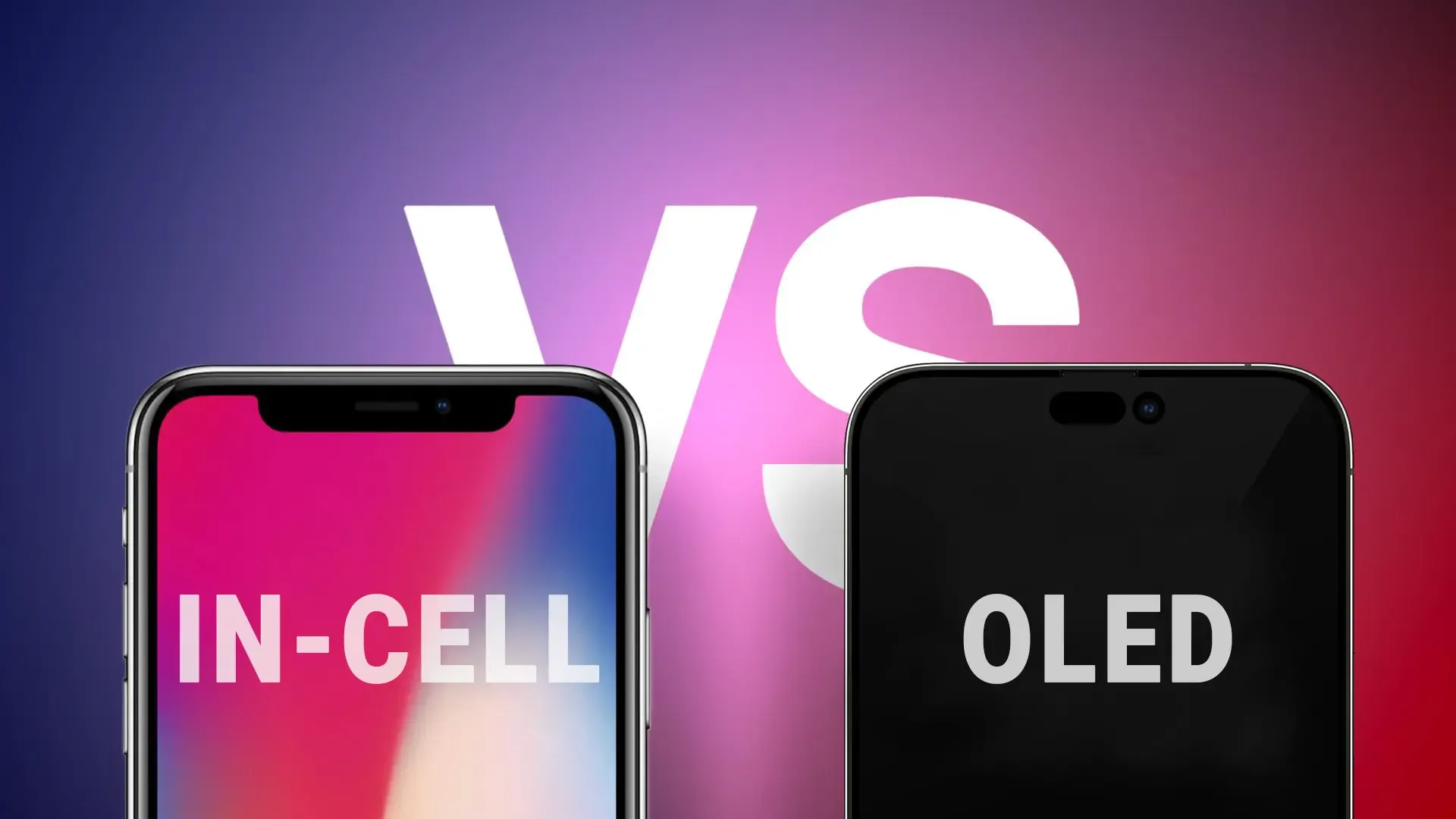03-06-2025

When choosing a replacement screen for iPhones from model X and up, two screen types are increasingly offered: In-Cell LCD and OLED. That’s no coincidence. Although they're based on completely different display technologies, they’re often presented side by side in practice. Since we at Foneday offer both screen types, we’re here to explain their key differences and similarities clearly
An In-Cell screen is a type of LCD (usually IPS LCD) in which the touch layer is integrated into the display itself. This makes the screen thinner and more responsive than older LCD models.
Key features of In-Cell LCD:
This screen type is often chosen by cost-conscious customers.
OLED stands for Organic Light Emitting Diode. Unlike LCDs, OLED screens don’t require a backlight—each pixel lights up individually. This results in deep blacks, high contrast, and vibrant colours.
Key features of OLED:
This screen quality is ideal for customers who value high image quality, an original viewing experience, and long-lasting device performance.
🔍 Note: There’s also a distinction between Hard OLED and Soft OLED. We cover that in a separate blog post.
Even though these are two very different display technologies, In-Cell and OLED are often compared in practice. Why?
Here’s a practical way to explain it:
“An In-Cell screen is a cost-effective replacement with decent image quality—great if you plan to use your phone for another year. The OLED screen is like the original: razor-sharp visuals, deep colours, and more responsive touch. Ideal if you use your device heavily or want to keep it longer.”
Clear communication prevents disappointment and builds customer trust.
Our Tip as a Wholesale Partner:
1. Keep both screen types in stock. That way, you can adapt to various customer needs and always offer a fitting solution, regardless of budget.
Check out our range:
2. Show the difference. If possible, let your customers see or feel the screens. A quick demo often says more than words.
Got questions about In-Cell or OLED screens? Or need advice on which types to keep in stock for your customer base? Feel free to contact us—we’re happy to help.
Foneday – your partner in quality smartphone repair parts.
Suntem disponibili de luni până vineri de la 09:00 - 17:00 (CET)